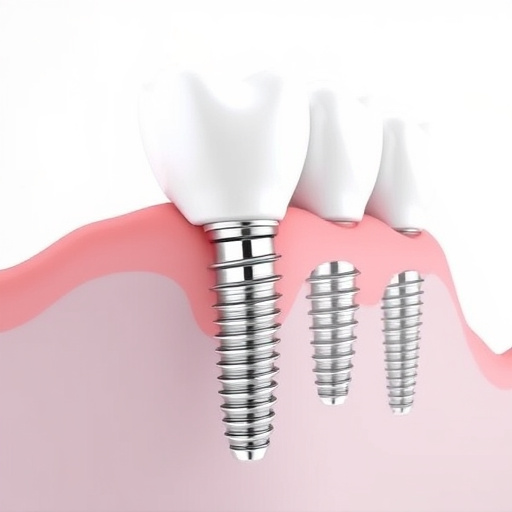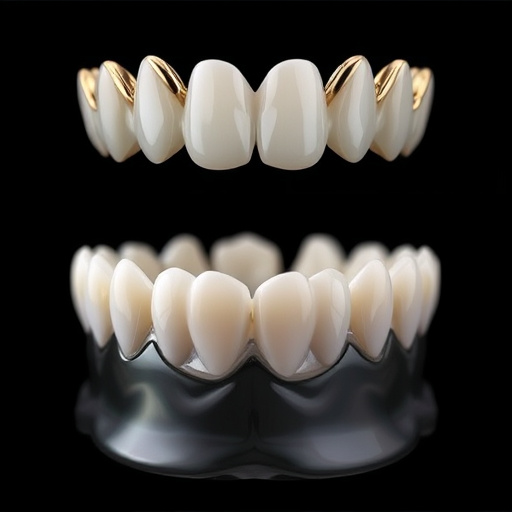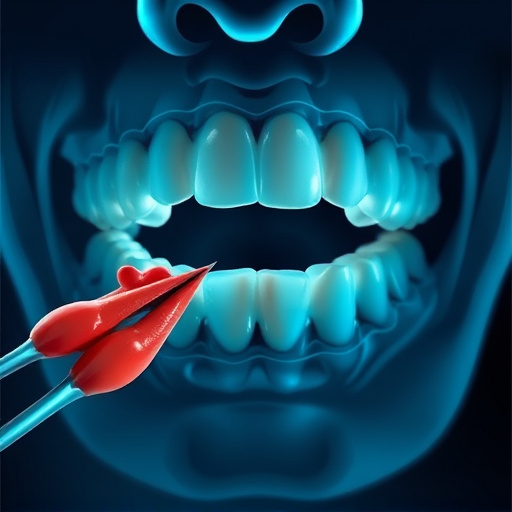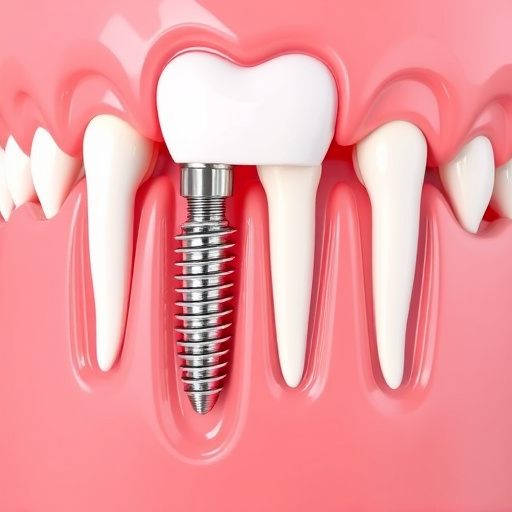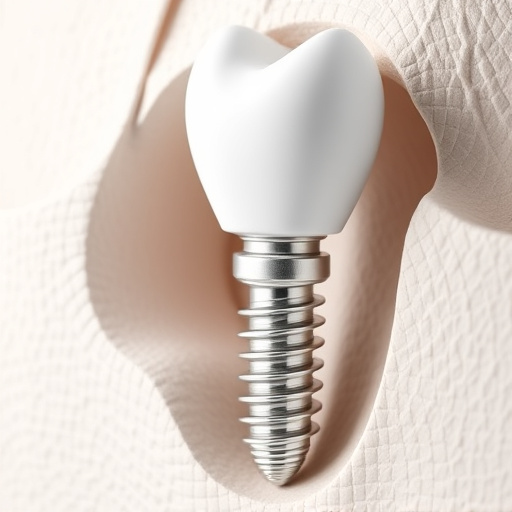Dental anxiety, caused by traumatic experiences and negative associations, negatively impacts oral health and quality of life. CBT is an effective dental anxiety treatment method, helping patients face fears and modify negative thought patterns. Building trust through open communication, clear explanations, and calming environment is crucial for successful dental anxiety treatment. Proactive approaches like smaller appointments, soothing lighting, music, and detailed aftercare instructions make regular dental visits comfortable.
Dental anxiety can significantly impact oral health, leading many to avoid regular check-ups. This article explores effective strategies for treating and managing dental anxiety, encouraging individuals to prioritize their dental well-being. We delve into the causes and effects of this common phobia, highlighting its potential to cause physical and mental distress. Furthermore, we discuss evidence-based treatments like Cognitive Behavioral Therapy and techniques to build trust with dental professionals, offering a roadmap for calmer and more productive visits.
- Understanding Dental Anxiety: Causes and Effects
- Cognitive Behavioral Therapy for Calmer Visits
- Building Trust: Techniques for Comfortable Experiences
Understanding Dental Anxiety: Causes and Effects

Dental anxiety is a common issue that can significantly impact an individual’s quality of life and overall dental health. Understanding its causes is a crucial step in addressing this concern. Many people experience dental anxiety due to past traumatic experiences, such as painful procedures or negative associations with dental clinics. Even the simplest dental visits can evoke intense fear and discomfort in these individuals. This anxiety often manifests as physical symptoms like increased heart rate, sweating, and dizziness, making it challenging for them to undergo essential routine oral exams and preventive dentistry measures.
The effects of untreated dental anxiety can be severe. It may lead to a avoidance of necessary teeth cleaning procedures, resulting in poor oral hygiene and the potential for more significant dental issues down the line. Moreover, dental anxiety can contribute to a reduced overall well-being, as it often goes hand in hand with other forms of anxiety and stress. By recognizing these causes and effects, individuals can seek tailored dental anxiety treatment options that encourage regular visits, promoting better oral health and improved quality of life.
Cognitive Behavioral Therapy for Calmer Visits

Cognitive Behavioral Therapy (CBT) is a powerful tool in addressing and managing dental anxiety, helping individuals to overcome their fears and encourage regular dental visits. This therapy focuses on identifying and changing negative thought patterns and behaviors associated with dental procedures. By challenging these thoughts and replacing them with more positive and realistic ones, CBT can make a significant difference in reducing anxiety levels.
During CBT sessions for dental anxiety treatment, patients learn relaxation techniques, such as deep breathing and visualization, to help them stay calm during their visits. They also explore the root causes of their fear, whether it’s associated with specific procedures like wisdom tooth removal or general anxieties about being in a dental chair. Through this process, individuals gain a sense of control, making future visits less daunting, even for those who may need emergency dental care for issues like dental fillings.
Building Trust: Techniques for Comfortable Experiences
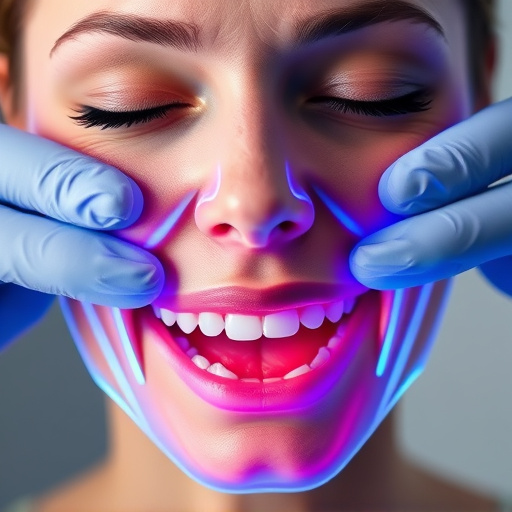
Building trust between a patient and their dental care provider is a cornerstone of effective dental anxiety treatment. Techniques like open communication, explaining procedures clearly, and using calming language can significantly ease fears. A friendly, non-judgmental environment further fosters trust, encouraging patients to express their concerns openly. This transparency allows dentists to tailor treatments to individual needs, whether it’s as simple as offering a favorite radio station during procedures or providing advanced relaxation techniques like nitrous oxide for more complex dental work.
By addressing dental anxiety proactively, practices can ensure regular visits become comfortable experiences. For instance, scheduling smaller, less intimidating appointments, especially for those with mild anxiety, can be beneficial. Similarly, incorporating comforting elements like soothing lighting and music can make the dental office feel like a safe space. And for more substantial procedures like cosmetic fillings or dental implants, offering detailed aftercare instructions and following up with regular dental cleanings helps patients feel supported throughout their treatment journey.
Dental anxiety can significantly impact an individual’s oral health and overall well-being. However, with the right approach, regular dental visits can become more manageable and even comforting. By combining cognitive behavioral therapy, building trust through personalized care, and implementing soothing techniques, individuals can overcome their dental anxiety and foster a healthier relationship with their oral care. Integrating these strategies into dental practices ensures better patient experiences and encourages consistent, proactive oral health management. Thus, dental anxiety treatment is not just about alleviating symptoms but also about empowering patients to take charge of their oral health.

